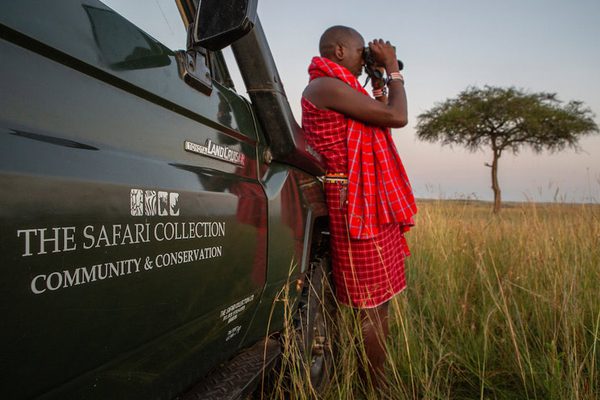Best places to see giraffe
Speak with one of our safari experts
and start planning your tailor-made holiday

Ben


Can't decide where to go? Why not peruse some of our most popular destinations for inspiration then give us a call!

A diverse land brimming with superb safaris, pristine sandy beaches, towering snow-capped peaks and tropical underwater worlds is just waiting to welcome you

Australia offers vibrant cities, diverse landscapes, and iconic wonders like the Great Barrier Reef. New Zealand adds dramatic scenery, Maori culture, and relaxed charm. Together, they promise nature, adventure, culture, and warm hospitality.

If you're dreaming of an island getaway, look no further than the Caribbean with its gorgeous soft sand beaches and lively, diverse cultures.

Head to the amazing destination that is Central America, full of the knowledge of ancient civilizations, incredible mountains, and beautiful beaches.

Discover vibrant cultures, pristine beaches, and tantalizing flavours in the captivating travel haven that is East and Southeast Asia

Embark on a journey through the vibrant tapestry of India, Sri Lanka, and Bhutan—where ancient temples, lush tea plantations, and soaring Himalayan peaks promise unforgettable moments at every turn.

Picture yourself basking on sun-kissed beaches, sipping tropical cocktails beneath swaying palms —where crystal-clear lagoons and luxurious resorts cater to your every desire.

Experience world-class hospitality, mouthwatering cuisines, and the region’s deep-rooted cultural traditions for an unforgettable Middle East adventure.

Venture to the ends of the Earth and behold the icy majesty of polar landscapes. Discover pristine solitude, exhilarating expeditions, and breathtaking views that promise a memorable encounter with nature at its most dramatic

Journey into the heart of South America, where the rhythmic pulse of its vibrant cities meets the majesty of the Amazon rainforest and the timeless wonder of ancient civilizations.

The South Pacific is a paradise of turquoise waters, white-sand beaches, and vibrant island cultures. From adventure and natural beauty to pure relaxation, each island offers its own unique charm and welcome.

From the soaring plains of the Southwestern USA to the stunning landscapes of the expanses of Canada, visit some of the most impressive scenery in the world

If you are looking for a trip to knock iconic locations off your bucket list, check out our buck list recommendations

From the graceful stride of giraffes at sunrise to the echoing roars of lions beneath starlit skies, each of our safaris promises an unforgettable dance with nature.


Our family holidays are a perfect opportunity to create lasting memories, whether exploring new destinations or simply enjoying quality time together. From adventure-filled escapes to relaxing beach retreats, they offer a chance to reconnect and unwind away from daily routines.

Our luxury holidays offer the finest experiences, from exclusive resorts and private villas to tailor-made adventures with impeccable service.

For those seeking adventure beyond the usual tourist trails, our off-the-beaten-track trips take you to some of the world’s most remote and untouched destinations, where authentic cultural encounters and breathtaking landscapes await. Let us craft your unique journeys that few travellers ever experience.

For the ultimate beach escape, we offer luxury holidays to some of the world’s most stunning coastal destinations, from the white-sand shores of Antigua to the turquoise waters of Zanzibar.

For those who crave excitement and exploration, our adventure holidays take you to some of the world’s most thrilling destinations, whether trekking through Patagonia, summiting Mount Kenya, or kayaking past icebergs in Antarctica.

Interested in something a bit more focused? How about a horse-riding holiday through Argentina? Or a photography safari? Look through our Special Interest holiday selection for inspiration

Our wildlife holidays invite you to step into unique ecosystems and experience amazing animal encounters. Whether spotting majestic tigers in the jungles of India or marvelling at polar bears in the Arctic, each trip promises awe-inspiring moments steeped in the magic of nature.

Our small group tours offer the perfect balance of expert-guided exploration and personal experience, taking you to incredible destinations with like-minded travellers. Whether it's a wildlife safari in Botswana, a cultural journey through Vietnam, or a chef-led expedition through India, our carefully curated itineraries ensure an intimate, enriching, and hassle-free experience.

Sustainability travel is at the core of what we do and a guiding principle in every choice we make as a business. Let us help you make sustainable travel choices

Read about what we do to make a difference

One of the most important parts of our commitment to responsible travel is protecting our clients, and it is a part that we take extremely seriously.

Not sure what's best for which time of year? Check out our expert-written guides

Looking for some expertise on your destination? Have a look through our selection of guides and articles written by our destination experts

Looking for more inspiration? Read from our range of hundreds of articles from our travel specialists, local guides, and personal travel tales.

Our mission is to make every holiday special. We will do this whilst specifically aiming to minimise the environmental impact of our activity and maximise our opportunity to influence others to do the same.
Giraffe, a quintessential icon of the Africa wilderness which is quietly disappearing

Wildlife conservation is a key part of any African country’s DNA – the continent’s unique fauna and flora play a significant role in bringing millions of visitors to the continent every year and the preservation of the nature and wildlife is what keeps them coming back. Going on safari is addictive to say the least. Without these initiatives, there would be a lot less wildlife for visitors to enjoy with tourism being a cornerstone fundraiser of conservation projects in Africa through the generation of money through park fees and conservation levies.
As you can probably imagine, conservation is extremely high on the agenda with many African countries with remarkable success stories, initiatives and projects across the board. Namibia, however, stands somewhat ahead of many of its neighbours, with conservation forming part of the Constitution of the country, with Article 95 stating:
“The State shall actively promote and maintain the welfare of the people by adopting international policies aimed at the maintenance of ecosystems, essential ecological processes and biological diversity of Namibia, and the utilisation of living natural resources on a sustainable basis for the benefit of all Namibians, both present and future.”
What makes the conservation projects in Namibia so interesting is the diversity of wildlife they are pledged to protect. There is a long-established pattern of the well-known projects supporting mainly the “headline” species – rhino, elephant, lion and cheetah, and so on, which are all prominently featured on TV programmes and in magazine articles, championing their incredibly worthy causes.

However, one of Namibia’s most intriguing projects is one which protects the desert-dwelling Angolan giraffe, found in the harsh deserts of the Hoanib Valley in the north-west of the country.
You may be surprised to learn that giraffe are endangered across Africa, a combination of habitat loss, fragmentation from human encroachment being some of the primary reasons why their numbers are in decline throughout Africa.
The Giraffe Conservation Foundation are a team dedicated to conducting research, raising conversational awareness and creating relocation and reintroduction programs to help return giraffe populations to more stable numbers.
Founded in 2009 by husband and wife team Julian and Stephanie Fennessey after the realisation that there was and still is a distinct lack of data and information about one of Africa’s most distinctive species, they decided to take matters in to their own hands.
Initially and still to this day, they have a team of researchers operate in remote Namibia desert wilderness of the Kaokoveld, not far from Hoanib Valley Camp. They have undertaken a long-term study of these magnificent creatures, trying to get a better understanding on their behaviour and distribution within the region as well as bolstering population numbers.
The project was initially started in Namibia and from their base in Windhoek, they now they operate in 15 countries throughout Africa with some of their biggest success stories being in Namibia, Kenya and Uganda.

Q. What makes giraffe so special to you?
They’re a quintessential symbol of Africa and instantly recognisable. Their elegance combined with unique gangly bodies is sometimes unfathomable. They’re amazing characters.
Q. Why do you think giraffes are often overlooked as an endangered species?
Whilst fairly numerous in some southern African countries, they’re endangered in others. There’s minimal human/wildlife conflict, such as crop destruction and there’s no black-market demand for poaching them as with rhino and elephants so it is less in the news which could be why it is often overlooked.
Generally, people are surprised to hear that giraffe are in trouble; that for every four elephants, there’s one giraffe.
Q. What is the biggest challenge that your foundation faces?
The biggest challenge is convincing people, getting the information ‘out there’ because people don’t think of giraffe as being endangered. Giraffe are considered by the IUCN (International Union for Conservation of Nature) to be one species but we have proven through proven scientific research, that there are four subspecies which are so genetically diverse that they are certainly qualify as a separate species in their own right. It’s a slow process but this is becoming more widely recognised.

Q. What are the main threats for giraffe?
Habitat loss and fragmentation through human encroachment from agriculture, development and population growth. They need large spaces to move. Illegal local poaching and hunting for meat occur in some areas which is also a problem.
Q. What projects are you currently involved with?
There’s so many. We currently work in 15 countries, soon to be 16. There’s no one solution to saving giraffes. Every country has its own problems. We trans-locate to reintroduce giraffe into areas where they have become extinct. One big success story is the increase in populations groups in Uganda, there were only two and now there are five. We helped put in place infrastructures for translocation of giraffe where there was no such thing before.
Q. How can tourism help with giraffe conservation and what can people do at home to raise awareness of the plight of the world's tallest mammal?
When on safari, people can upload photos to giraffespotter.org - which helps to determine giraffe ranges and where they occur. They can become ambassadors for giraffe as they are unforgettable once seen in real life, especially in the wild. Basically, spread the word of their plight with family, friends, whoever - simply raise awareness.
We started 'World Giraffe Day' - usually 21st June every year and started in 2016. People can get involved at home by spreading the news of word, helping to raise awareness of the plight of giraffe on this day by using the hashtag #standtallforgiraffe on their social media.
Giraffe Conservation Foundation (GCF). GCF is the only organisation in the world that concentrates solely on the conservation and management of giraffe in the wild throughout Africa. Together with their partners, GCF currently works in 15 African giraffe range states and on all four species of giraffe.

Giraffe can reach up to six meters in height - that's nearly the height of three people.
A giraffe's tongue can be as long as 50cm.
At full speed a giraffe can run at 60 km/h.
Every giraffe's pattern is unique - just like our fingerprints.
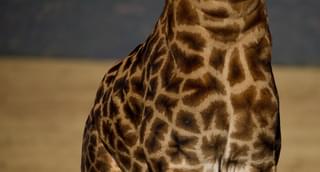
Giraffe have excellent eyesight and other animals use them to help spot predators such as lions
They've very sociable animals - a group of giraffe is known as a tower or a journey.
The have the same number of neck bones as humans - seven.
Next time you're on safari and if you're fortunate to see giraffe, just take a few moments to quietly appreciate these magnificent animals and if you're interested in finding out more about how you can help ensure their survival visit the Giraffe Conservation Foundation website.
Wondering when to visit? Take a look at this guide on the best time to visit Namibia.
Looking for some more inspiration? Take a look at our best safari holidays ideas, our favourite family safaris, our big five safari guide or our top African safari honeymoon suggestions.
If you'd like to plan a trip to Namibia, call our team of experts on 01768 603 715 - we'd love to help.
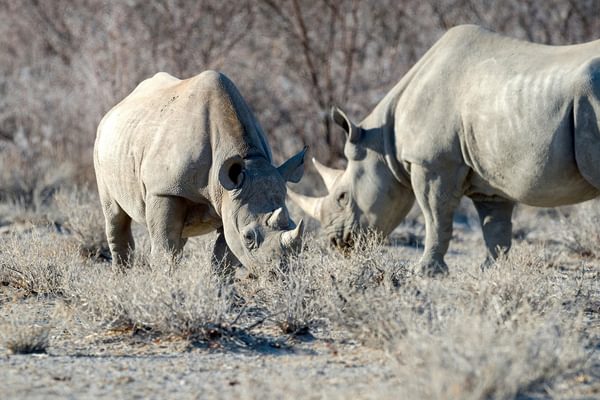
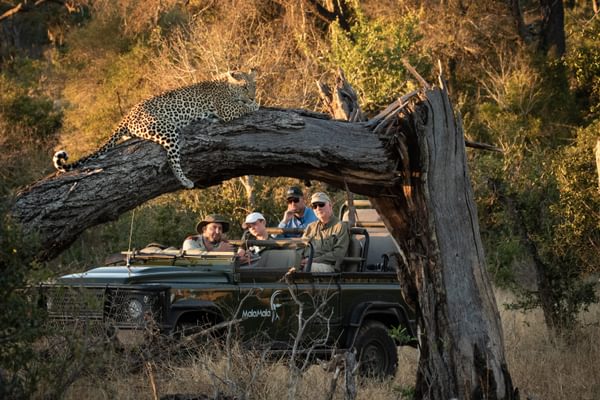

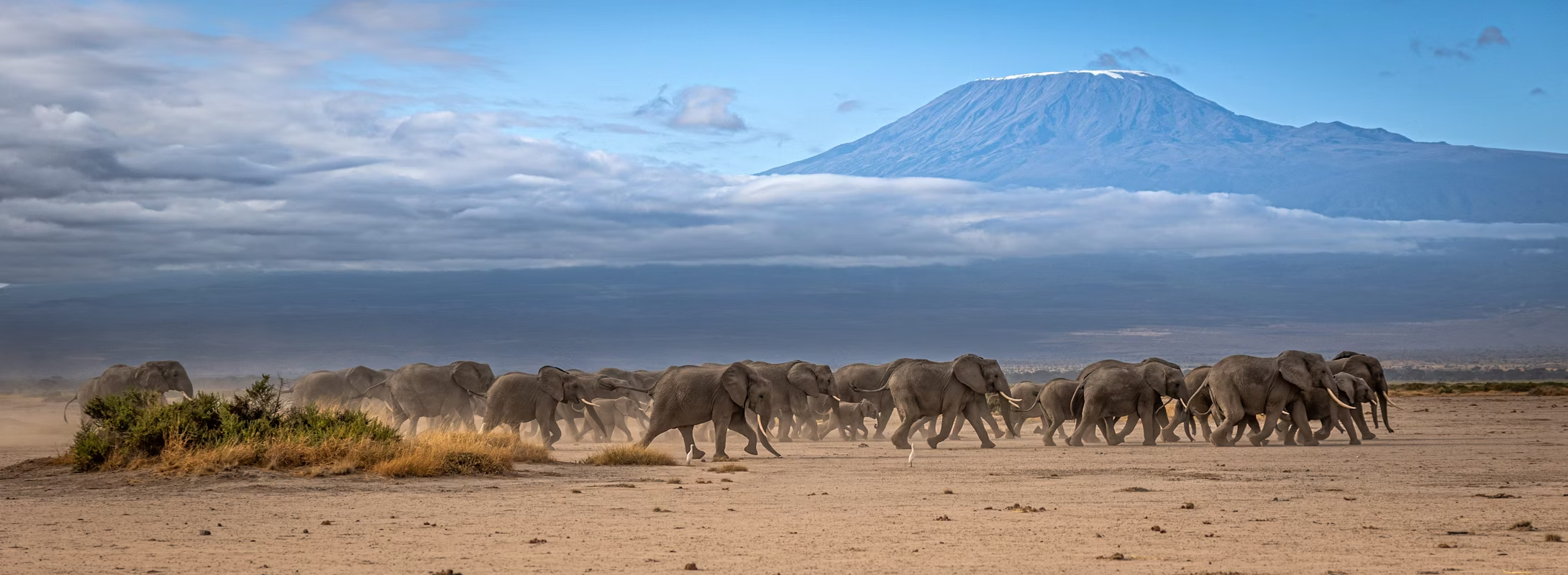
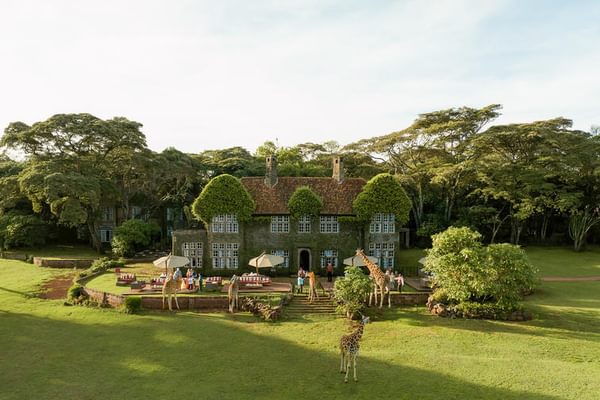
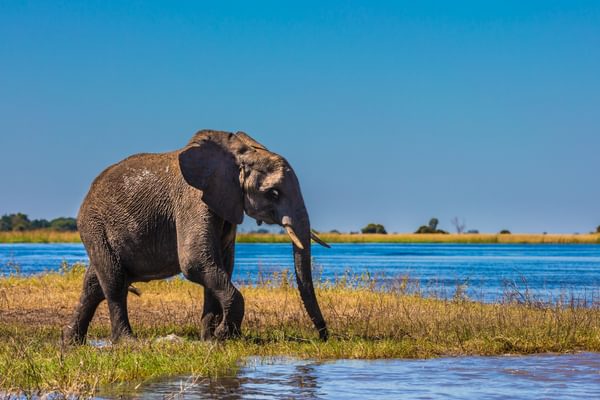
and start planning your tailor-made holiday


Get travel tips directly to your inbox every week
Give us a call on 0203 111 1315 or fill in the form below and we’ll be in touch.
